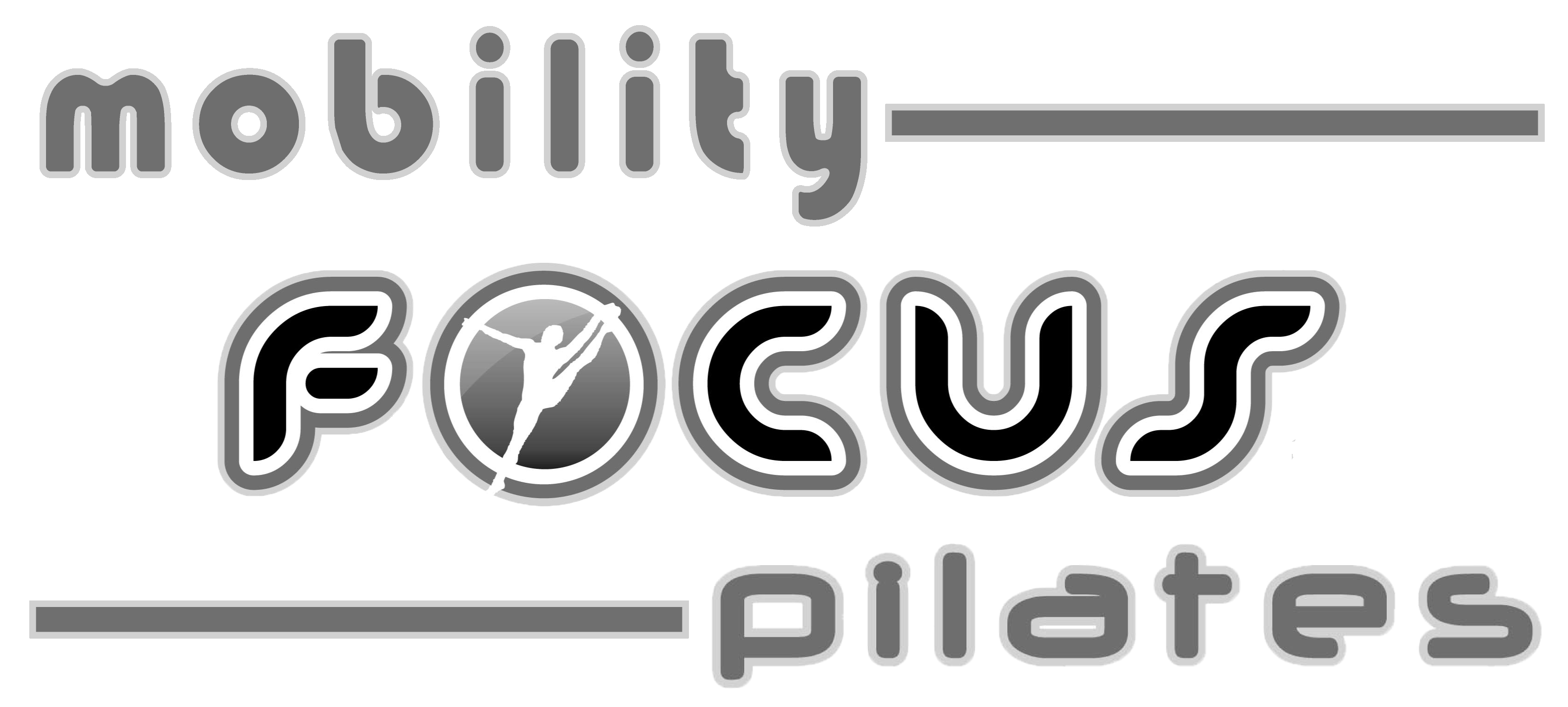Pain and Movement

In the past, I held the belief that pain was primarily caused by issues such as bad posture, poor alignment, moving in or into "bad" positions, or a general lack of body awareness, strength, or control. My approach was to help people identify and correct these problems, aiming to alleviate their pain and improve their movement skills and strength. While I never underestimated the complexity of resolving pain, I used various methods of Pilates and my PT experience to find solutions that would provide what seemed like lasting relief and hopefully retain clients' trust to keep them moving.
But pain is far more complicated and with more contributing factors that extend beyond the conventional understanding, even among professionals dedicated to helping people overcome pain. Helping people identify why pain might be present is one thing, but giving tools for people to support their body with pain is even more powerful.
In the most broad terms, pain is our Central Nervous System's (CNS) way of telling our brain it is in a state of unsafe distress. It feels unstable and unable to tolerate whatever environment the body is experiencing. But even within that state, our perspective of pain is greatly colored by what has been imprinted in our CNS and our brain and body's history and reactions to pain.
What is our reference and history of pain?
What is our brain and body's natural reaction to pain?
Do threats to our body get exaggerated by our brain signals or is something physically injured?
How do we emotionally feel about these pain signals?
Is there a history of pushing through pain or pain with movement?
Is there associated or anticipatory fear related to pain with movement?
What is the movement relationship to pain?
The list goes on.

Working with clients as a joint specific mobility and strength training specialist in conjunction with Pilates has become less about fixing a person's pain and more about guiding a person through the tools, dills and movements that can restore the necessary health, ranges and stability needed for joints and the CNS to feel safe. Even in pain. In return, typically pain resolves, functional ability builds confidence and the relationship of pain with movement greatly improves. My ultimate goal is to replace the fear of movement or pain associated movement, with practical tools that allow clients to utilize movement as a means to alleviate pain or, at the very least, stabilize surrounding areas instead of avoiding activity and experiencing worsened discomfort.
Next time you have pain, consider thinking of it as a conversation your CNS it tying to have with you. It's a two way communication that you could have choices to engage with and is not an automatic indicator of something "wrong" or "bad" to avoid. Maybe your pain is trying to tell you to move more, that it might need more time to develop the skills you're asking of it or better yet, to seek additional help!
Need help with pain? Use the links below or message me at studiofocuspilates@gmail.com
Here's an interesting article and site on pain: Pain is weird


Kommentare